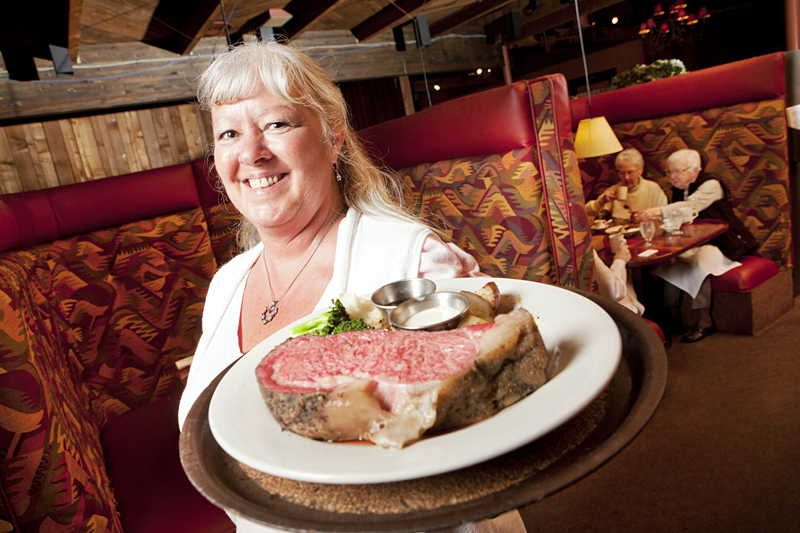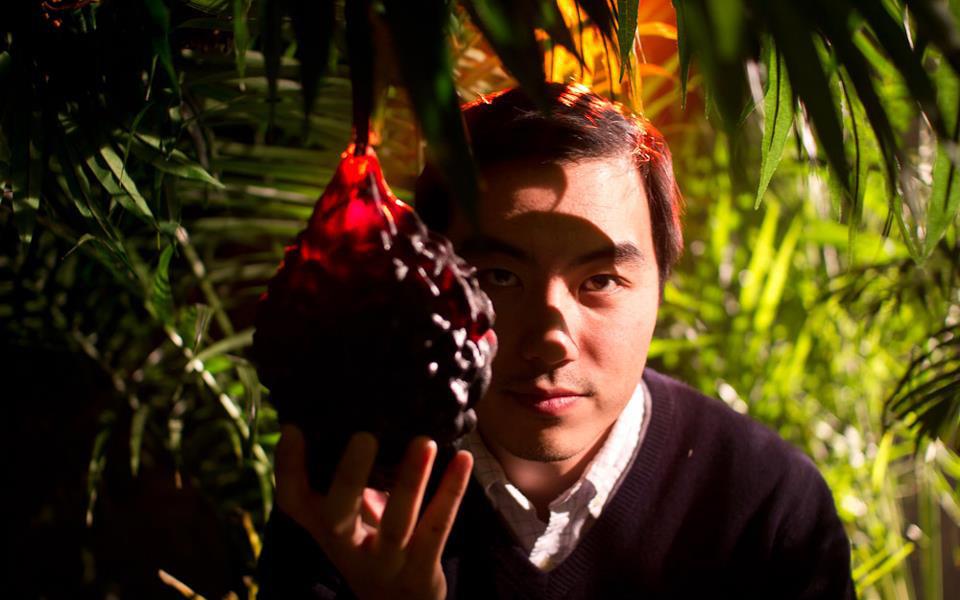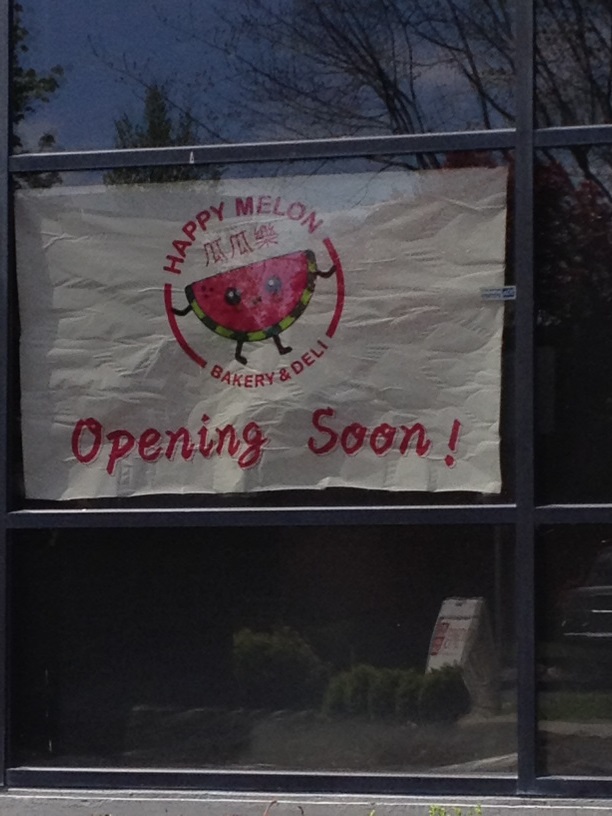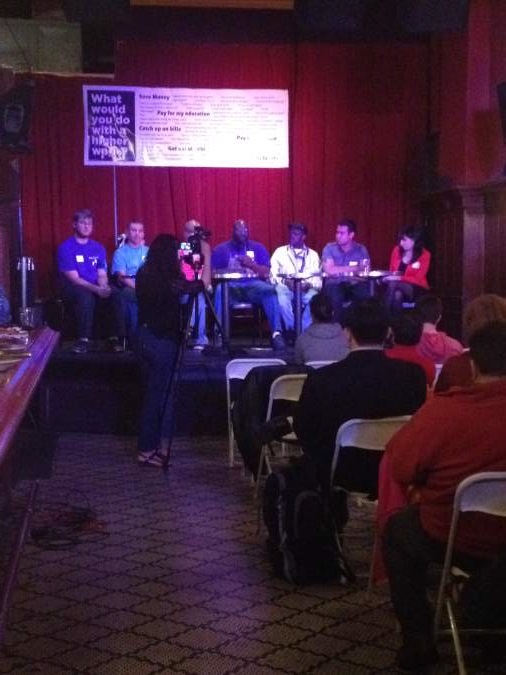A two-lane country road shouldn’t lead to a sous vide roast chicken.
When urban eaters turn their tailpipes toward the big city and set out in search of a nice dinner, they’re not chasing the esoteric ingredients and sophisticated techniques that flourish when a zip code’s blessed with a chef surplus. They’re looking for service untainted by city cynicism and food that could conceivably satisfy someone whose work involves heavy lifting and metal tools. And at a number of roadhouses around Puget Sound, they’ll find what they’re seeking in the form of servers hired during the Carter administration, double martinis on special, and thick sirloin steaks that always come with a house salad and buttery rolls.
What they’re unlikely to find are long waits, as the recession’s been unrelentingly tough on the region’s rural steakhouses.
“I’m 61 years old, and this is the worst I’ve ever seen in my entire life,” says Pat Ziarnik, owner of Whiskey Creek Steakhouse in Keyport, a restaurant that used to effortlessly fill every ladder-back log chair in its rustic dining room. “That was before the economic slide,” Ziarnik says of that woebegone period of prosperity. “It’s not that way anymore.”
But while steak knives and prime-rib heat lamps have become staples of repossessed restaurant auctions, a trio of small-town steak and seafood houses—each of which can claim at least a half-century of history—is holding on. Their stories are here, but their charms are out there: All three are located about 75 miles from downtown Seattle. And lo and behold, it’s the perfect season for a beef road trip.
Max Dale’s Steak and Chop House
2030 Riverside Dr., Mount Vernon, 360-424-7171, maxdales.com
Five years ago, Max Dale’s pulled up its dance floor, but the dimly lit restaurant still feels like the kind of place where people wearing polyester could get into trouble. Diners are seated in upholstered high-backed booths into which wandering eyes can’t trespass. “I always kid the crew that I think there have been as many divorces as engagements in those booths,” owner Paul Pickering says. “This is a great spot for doing business.”
When the restaurant opened in 1951, Max and Pauline Dale slung burgers. But “Max was pretty good friends with the Rosellinis,” Pickering recalls. Legendary restaurateur Victor Rosellini, who introduced classy dining to downtown Seattle, persuaded the Dales to rewrite their business plan. An electrical fire destroyed the restaurant in 1976, but the Dales decided to rebuild on their lot’s back end, using discarded blueprints for a Black Angus Steakhouse. Opened in 1978, the current incarnation of Max Dale’s looks very much like a Black Angus, but has an extra pair of banquet rooms that never became chain-standard.
In 1982, Pickering’s uncle Tony Pickering—the Safeco claims agent who’d handled the fire—bought the restaurant. Pickering joined the restaurant eight years later, starting a tenure that hasn’t yet set any longevity records. “Seventy-five percent of the serving staff has been here 20 years,” Pickering says. “We’ve got two girls who’ve been here since 1978.”
Although Pickering says the restaurant has succeeded because it’s consistent, he doesn’t feel any pressure to keep everything the way Dale left it. “We’ve changed a lot over the years,” he says, citing the nightclub space which now serves as a martini lounge, whose brand-new menu includes ahi tuna trimmed with wasabi, blue-cheese waffle fries, and chili-lime prawns. “We’re always playing with things.”
But Pickering says he won’t tinker with the salad dressings, made according to Pauline Dale’s original recipes, or the high-backed booths. When Bellingham had a Black Angus, Pickering used to monitor how its customers responded to new menu items and decor changes. “At one point, when everyone was trying to go light, they cut all the booths down, and it was a really bad move,” he says. “We thought ‘Aha! We’re not doing that.’ “
Chuckanut Manor Seafood & Grill
3056 Chuckanut Dr., Bow, 360-766-6191, chuckanutmanor.com
Chuckanut Manor has beige siding and a red roof, but it’s hard not to picture the low-slung 1934 building with a neon “Cocktails” sign over its front door in black-and-white. A Myrna Loy character might tuck into crab croquettes here while waiting out a rainstorm. And if the building’s evocative, the view out back is even more striking: The Manor overlooks Samish Bay, a majestic meeting of shimmering water and sky.
“The location is unbelievable,” says Pat Woolcock, whose parents purchased the restaurant in 1963. Woolcock has owned Chuckanut Manor since 1975. “The joke is my father gave away a cup of coffee and lost a dollar the first day he was open,” Woolcock says. “But we’re still here.”
The Manor was preceded by the Chuckanut Shell restaurant, which opened soon after a chain gang cut the road through Bow that allowed Washingtonians to travel north to Fairhaven without boarding an electric train. The property owner shooed away the Shell’s proprietor when he realized how much money she was making, and the land eventually ended up in the hands of the Tabor family, which built the Manor to serve as their home. Later owners transformed the house into a restaurant.
When Woolcock’s parents took over the Manor, it was one of the area’s few restaurants. Now the winding road’s lined with restaurants, and Woolcock says the competition has helped sharpen the Manor. “We’ve improved the quality of food a lot,” he says. “Some people might disagree with that, but we have oysters right out of the bay, a great big fresh Dungeness crab gratin, prime rib on Fridays.”
General manager Eric Bemis left the Manor last year to manage the Willows Inn’s wine program. “He cried in my office telling me he was going to do it,” Woolcock says. “I said, ‘Eric, you have to do it. It’s right up your alley.’ ” Bemis is now back at the Manor, and Woolcock says he’s developing a program of winemaker’s dinners and reshaping happy hour.
“Our clientele is elderly because we’ve been here so long, we have a stable clientele,” Woolcock says. “Now we’re trying to inject a new spirit.”
Whiskey Creek Steakhouse
1918 Washington St., Keyport, 360-779-3481, whiskeycreeksteakhouse.com
When Pat and Karen Ziarnik bought a 60-year-old tavern outside of Poulsbo, the couple envisioned the good-natured beer joints that were the endpoints of their desert rambles around Tucson, Ariz. “When we got up here, I thought a tavern was a place to meet friends,” Pat Ziarnik says. “Come to find out it’s a place to get drunk, where when you fall off your chair, your buddy buys you another drink.”
In 1995, the Ziarniks transformed the Keyport Tavern into a high-end steakhouse. They kept the crooked floors, but banned smokers and replaced the jukebox with a fireplace. Ziarnik describes the current decor as “lots of heads and horns and mounted pheasants.
“It was a scary change, because all the tavern people left and we didn’t have ad money to bring in anyone else,” Ziarnik says. On an early Saturday night, the rebranded Whiskey Creek served 17 customers. “We were so ecstatic, which is pretty sad.”
A write-up in the local paper saved the restaurant, alerting diners to the restaurant’s choice steaks and freshly ground burgers. “We are a steakhouse all the way,” Ziarnik says. “We hand-cut all our steaks except for the Porterhouse, and I don’t have a band saw or I’d do that.”
The beef’s supplemented by entertainment, including a big-band jazz combo two nights a week, which features a 75-year-old pianist, an 89-year-old bassist, and a 90-year-old trumpeter. “The songs they play are older than me,” jokes Ziarnik, who isn’t yet sure what will happen when they can no longer play—and their fans are no longer well enough to buy a rib-eye steak and listen.
“In the next five to seven years, we’re going to lose these people,” he says. “We might have to change the concept and go after families with 2.5 kids.”








